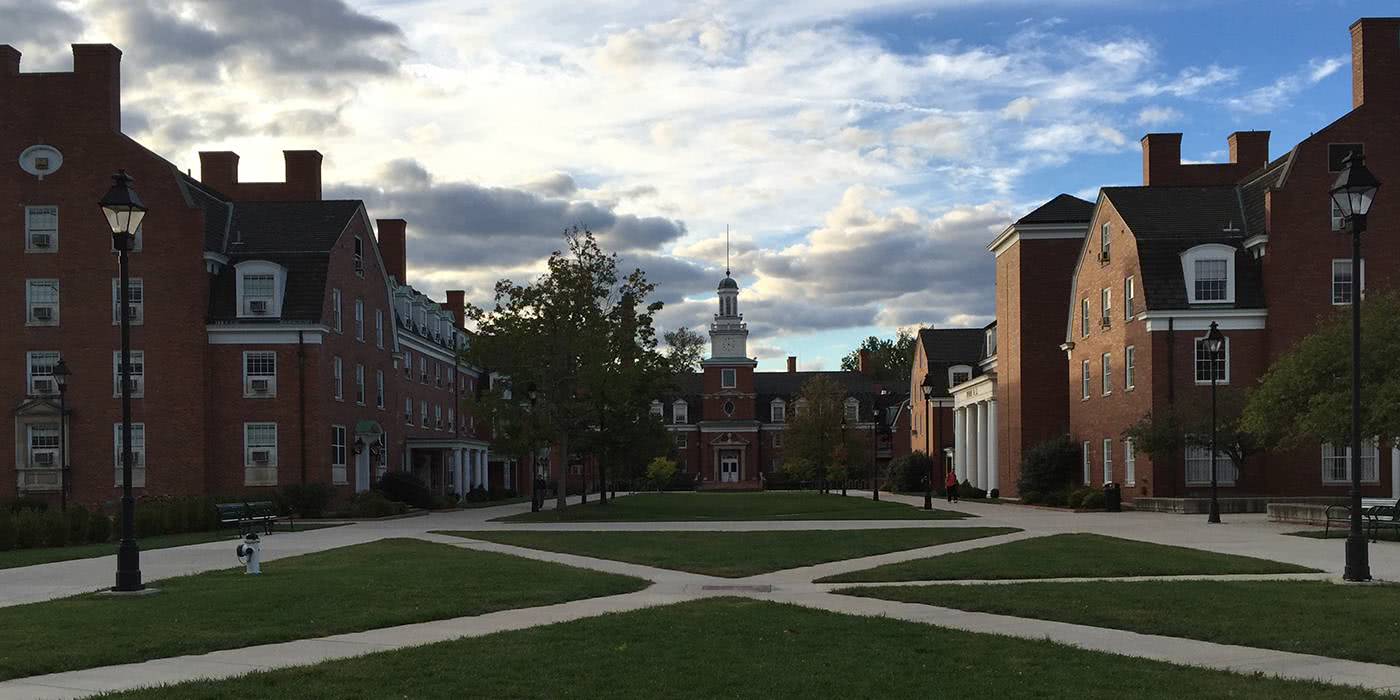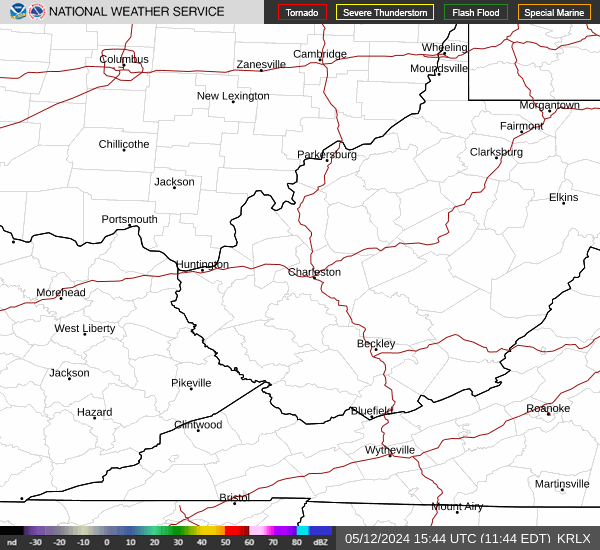Issued: 12am on Thursday, January 1st 1970
Technical Forecast Discussion
Short term ( Sunday 9/16 through Tuesday 9/18)
This evening will be humid as cloud cover looks to gradually increase. Diurnal heating could lead to localized convection, but CAPE is near nonexistent, so precipitation is unlikely and would be isolated in nature. Florence will begin to affect the area on late Monday as the cyclone begins to curve towards the Appalachians. Current forecasts show precipitation from Florence hitting the region late tonight. Forecast confidence has increased that heavy rain will be likely on Monday The Appalachians could still play an important role by drying out some of Florence’s precipitation as part of it has to ascend the mountains. Unfortunately, weak upper level flow will mean that strong high pressure that usually forms in the West Virginian portion of the Appalachians will be unavailable, so the system won’t lose as much energy coming into the region. Heavy rainfall will be the main concern for Monday. The low level jet will serve as the main mechanism to bring in rain. Instability is lacking and shearing only looks possible in isolated regions. Diurnal heating should line up with the heaviest precipitation. WPC has QPFs for our location between 1 and 1.25 inches and NAM and GFS have precipitable water amounts averaging around 2 inches. Flash flood watches are possible as rain looks to remain heavy for most the its duration on Monday. Rain slows down Monday evening as a present shortwave trough shifts towards the east of the region. Upper level flow remains zonal on Tuesday. High pressure will be present late Tuesday that will accelerate cloud clearing as moisture slowly moves out of the region.
Long term (Wednesday 9/19 through Saturday 9/22)
An upper level ridge will begin to build over the Central Plains on Wednesday. A weak stationary front formed from the remains of Florence will be pushed northward as winds look to switch from northerly to a more southerly flow. This will promote warming in the atmosphere as conditions remain clear. The day and evening will be relatively dry as highs reach the low 80s, so the day should be comfortably warm. The ridge will continue to build as it moves over the region on Thursday. This promotes more warm air to move in from the south as highs reach the mid 80s. A low pressure up in the Canadian portion of the Great Lakes will keep most of the moisture north as temperatures continue to rise, so the days should be bearable and nights should be comfortable. A cold front attached to the aforementioned low pressure system will move in on Friday as it leads an upper level low. The only moisture available when the frontal boundary approaches the region will be moisture associated with the front itself. If showers and storms occur, they look to be brief. Dry air follows the cold front as temperatures dip into the mid 70s. A small chance for showers exist on Saturday as moisture moves in the evening that could line up with diurnal heating convection.
The next technical discussion will be on Wednesday 9/19




